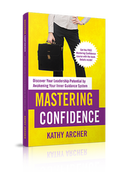Understanding Pre-Meeting AnxietyIf you are a nonprofit leader and have a tough meeting coming up, you will want to feel empowered going into it. Tune into Sandra's story to build your confidence going into challenging conversations! Sandra's Story: Facing the Fear of a Tough MeetingWhen Sandra came to our coaching call, she was preparing for a meeting with the Executive Director about her performance. Sandra was dreading the meeting. She knew her boss would make her feel stupid, small and even scared.
But that's not how Sandra anticipated the meeting was really going to go down! Sandra knew she would feel attacked by her bossSandra knows that "help" from her boss is typically in the form of them pointing out:
Sandra's anxious thoughts were almost out of controlEver since Sandra's boss had scheduled the meeting, Sandra had been rolling around the worst-case scenario in her mind. She imagined being fired on the spot, being raked over the coals and being belittled, berated and bullied. Hence, the knot in her stomach! Sandra had a history of not feeling supported by her bossIt's no wonder Sandra was dreading the meeting! Past meetings had not gone well. Most of what Sandra feared had happened in the past.
It was time for Sandra to change her perspectiveJust because that is how Sandra's ED has communicated in the past does not mean that Sandra has to believe it means she is incompetent or not cut out for leadership. Sandra can choose to pick between the well-intentioned but still hurtful comments and find out what's valuable in between those comments. Sandra took back control of her thoughtsWhether it is this conversation with her boss or another, Sandra gets to decide how she will proactively continue to grow and develop in her nonprofit leadership role. Shifting Your Mindset for ConfidenceSandra enlists the support of her nonprofit coachSandra brought this upcoming conversation to our coaching call. In past coaching sessions, we'd already talked about mindsets, perspectives and lenses, so she knew her mindset mattered most! To plan to feel more confident in the upcoming conversation, we took a look at the kinds of messages Sandra's boss might share:
The Power of Perspective: Changing Your MindsetLeadership MINDSET # 1If Sandra chose to see herself as flawed, she would take these kinds of comments to heart. Imposter Syndrome would take over, and the knot in her stomach would grow to a tightening in her chest. Sandra could see how her thoughts could snowball:
Leadership MINDSET #2 (THE BETTER OPTION)I invited Sandra to PAUSE, and take a breath. I asked what might happen if she chose to hear the messages differently. Sandra PONDERed and considered the comments above and then what else might be true:
Mindset # 2 helps Sandra feel more confidentSandra then used curiosity to PIVOT to new thoughts:
Instead of feeling beaten down by taking time to move through the Inner Guidance Cycle, Sandra felt back in control. She was ready to take the core of the feedback (too much overtime) and hear it for what it is—Feedback. Believing in Your Potential: The Foundation of ConfidenceHow does this help Sandra remove the knot in her stomach before the meeting?By knowing she has control of her thoughts, choosing how to hear messages and intentionally choosing not to take things personally in the meeting but focus on the content, Sandra lessened the emotional charge going into the meeting. When Sandra chooses her thoughts, she feels her confidence soar!I reminded Sandra that feeling confident in a meeting isn't about what someone else says or thinks. Sandra smiled and nodded. She's been reading Mastering Confidence. I know, she said, it's what I believe. How confident you FEEL starts with what you BELIEVE.What you believe about yourself is what matters most. I asked Sandra:
I reminded Sandra that if she believes those things, the tone with which her boss shares those messages in that meeting is less relevant than the content and what she chooses to hear, believe and take action on. Creating an If/Then Plan for ComposurePreparing for Triggers: Sandra's If/Then StrategyWhile feeling more confident, Sandra was still worried about being triggered and losing composure in the meeting. Sandra wanted to prepare to stay composed in her talk with her ED. She'd recently reviewed the webinar: How to Prepare for a Tough Talk so you can handle it with integrity in The Training Library. She'd learned the power of being prepared for getting triggered with If/Then plans. She asked if I could help her prepare an If/Then plan in case she got triggered. Sandra already knew what kind of comments might trigger her and cause her to lose her composure.
We prepared her If/Then plan and she practiced saying her response.
Now, the knots have turned to butterfliesSandra was still nervous but felt way more confident and in control of her responses! She messaged me later and said the meeting was still hard, but she left feeling in control of herself, her responses and her future. What's Next? Taking Charge of Your Leadership JourneyWill you do what Sandra did? If you want to ditch the knot in your stomach before your next uncomfortable meeting, then you need to get ahold of your thoughts and emotions before you go into the meeting. You need to create a mindset that allows you to take back power, your personal power. That way, you will be able to respond in a way that makes you feel empowered, and you'll be able to handle your meeting more confidently, too! ❗️❗️VERY IMPORTANT NOTE❗️❗️
I am not condoning bullying or harassing behaviour. If that happens, you must decide how to address it, find mental health support, and/or change jobs. There is no one-size-fits-all plan for how you will deal with it. Just know that you have options if your workplace is not psychologically safe. Check your policy manual for direction on what to do within your organization. Online resources
You may also find these podcast episodes helpful.
0 Comments
As a nonprofit leader, podcasts can be a fabulous asset to your growth and development. Do you listen to podcasts? I sure do. Podcasts are a great way to get updates, information, knowledge and often a good chuckle! I started my podcast, The Surviving to Thriving Podcast, in 2020. After 92 episodes, I took a summer break to rethink how to produce it best for you. I am working on a new 8-episode series to help you invest in your development. Stay tuned for a release date coming soon! Catch up on leadership podcasts from the Surviving to Thriving PodcastYou'll find the podcast here to catch up on the episodes. A few favourites of my clients and students are: Podcasts can be an integral part of your leadership developmentListening to podcasts can be valuable for personal and professional growth and leadership development. Below are five podcasts I regularly listen to and a favourite episode from each. You'll notice that not all the podcasts are related to leadership. Listening to podcasts not directly related to leadership can offer tons of benefits for you. Here's why you might listen to them: Why you need to listen to podcasts outside of the leadership genreYou might need to broaden your perspectiveMany challenges you face in leadership are complex and multifaceted. Exploring different topics and interests can expand your perspective, which is crucial for effective leadership. It helps you see the bigger picture and can provide fresh approaches to problem-solving. If you are working through a problem and hit the PONDER part of the Inner Guidance Cycle, listening to something not directly to leadership may open you up to seeing new perspectives. It could be time for a bit of stress relief and relaxation:Leaders often deal with a high level of responsibility. Podcasts unrelated to work can serve as a mental break, preventing burnout. Listening to podcasts about hobbies, mindfulness, or more fiction styles can help you unwind and reduce stress. Some say true crime podcasts do that for them. I am definitely not one of them! Investing time into listening to podcasts can be a powerful means of self-improvement, offering a wealth of insights, motivation, and support for your leadership journey. Some of my favourite podcasts episodesThe Science of HappinessRe: Thinking with Adam GrantDaring Greatly with Brene BrownHow We Live Now with Kathrine MayDachner Kelter on awe, humility and purpose
Dachner is also the host of The Science of Happiness podcast I listed above. Let me know which podcast you listen to and what you'd recommend for me. I'm always interested in expanding my podcast listening experience! p.s. Part of inner work is expanding what you put into your inner sphere. Podcasts are a great way to "Do the inner work!" If you are like most leaders, you've been here: You have a precious break in the day, so you look at your endless to-do list. All tasks seem important, but you scan the list, looking for the priority items you can knock off in a few minutes. As you glance at each item, you make a mental note:
Your to-do list is like an emotional roller coaster In the time it takes to scan down the list, your emotions move from overwhelmed to anxious, then annoyed and doubtful, ending with discouraged. Pushing the to-do list aside, you begin scrolling through your inbox without realizing you've avoided doing anything on the list and, as a result, get further behind and more disheartened 😩 I get it. I've been there many, many times too! In fact, if you are like most leaders, you have a lengthy to-do list that haunts you into the wee hours of the morning and, honestly, will never get done. But why is it that we will never get through our to-do list? 💥The reason your to-do list will never get done is twofold REASON # 1 First, it's a disorganized list that is more of a holding place than a completion place.
REASON # 2 Second, we look at the list as items that need time to be completed, and we blame lack of time as the enemy 😡 ⏰ It's way more complicated than just not enough time. For example, look at your to-do list and consider:
Without taking all of that into consideration, our to-do list becomes an impossible challenge, and time becomes the enemy. But time is getting a bad rap. ❌ It's not ⏳ time's fault. The time available to complete tasks is only one small factor in managing our to-do list. There are other things to consider. Below are three steps to help you manage your to-do list with much greater success👇🏻 QUESTION: How do I get done, what matters on my to-do list? ANSWER: You create order and awareness. 1) First, start by prioritizing your to-do list into some semblance of order That way, your to-do list can become a tool working for you instead of a threat against you. 2) Next, let go of inappropriate expectations of your to-do list You change expectations of your to-do list by shifting your mindset from believing your to-do list is a list of things that need doing to a holding place for projects and tasks.
3) Finally, move a few key items to each day's agenda, plan or priorities When you only have three things to get done each day, you will check them off with greater speed and satisfaction.
But we are still overlooking something That covers the tactical side of getting through your to-do list. But there is something bigger that needs addressing. 🐘 The elephant in the room is the emotions you felt when you scanned the list.
Your emotions play a big role in productivity Many of us are unaware of our feelings, let alone how our emotions affect our productivity. We can choose our responses better by slowing down and getting a better awareness of what we are experiencing and how our emotions distract us from getting done what matters most. If you want more help with this, read this next: Why Your Emotions Are Sabotaging Your Productivity If you've been meaning to
NOW is the time to plan HOW you will do that 👆🏻 growth.
As a woman leading in the nonprofit sector, I know your days are filled with endless meetings, tight deadlines, and a never-ending to-do list. I've been there, and I know it's not always easy to stay motivated and positive when facing these challenges. When I get behind, I get irritable 😤 Any interruptions will annoy the crap out of me. The thing is, not only do I get short with others, but I also beat myself up.
The impact of less-than-productive days You, too, likely feel irritated on less-than-productive days. You also know the consequences of how an unproductive day can spill into your evening. Being short with your staff is certainly not optimal, but a cutting remark with your child can leave you feeling inept in the parenting department. I'd had enough of it! This all-too-familiar cycle was the norm for me for years. The more determined I got in the last few years to do meaningful work, the more necessary it became to be productive. Changing a few things has made an incredible difference for me. I still have less productive times, but they are fewer and farther between. I end most weeks ticking everything off of my weekly list. When you decide it's time to be more productive...this ↓ ✅ Being more productive will help you take that weekly and daily to-do list and get them done. That way, you can shut off at the end of the day, knowing you completed what was needed. ✅ Being productive at work frees up your mind and energy to shift into the rest of your life. Feeling upbeat when you come home at the end of your workday results in a much more enjoyable evening with your loved ones! Let's dive into the three powerful productivity hacks that enhance efficiency and boost mood👇🏻 3 Productivity Hacks for Leaders that are Guaranteed to Boost Your Mood 1 - Prioritize Self-Care As a dedicated nonprofit leader, it's natural to put others before yourself. However, taking care of your well-being is essential for maintaining a positive mindset and achieving productivity because: 👉🏻 It's hard to focus when you are hangry. 👉🏻 It will take you way longer to create the document when you haven't left your desk for 3 hours straight. 👉🏻 You'll find burnout knocking at your door if you don't take proper care of yourself. If you neglect self-care, you're more likely to be unproductive, experience heightened stress levels, and eventually face burnout, just like my client Nancy. NANCY'S STORY 🙋🏻♀️ Nancy was neglecting her physical and mental well-being, feeling exhausted, and struggling to be productive.
Nancy started with wanting to carve out time each day for self-care activities that rejuvenate her, like a morning meditation or an evening walk with the dogs, but she didn't always have the motivation to do that. Many of my clients have high aspirations like this but struggle to get there. To get moving in the right direction, I encourage them, like I encouraged Nancy, to start small and work to add micro-moments of wellness throughout her day. WHAT WORKED FOR NANCY Nancy began working through the course Wellness AT Work and learned how to add micro-moments of wellness into her work day. She immediately found she was feeling healthier and more productive! 👉🏻 DO THIS: Add micro-moments of wellness into your day Think about what you can do in one minute or less:
Learn more about the Wellness AT Work COURSE 2 - Master Time Management As a nonprofit leader, learning effective time management is a game-changer. Learning to manage your energy and priorities helps you have increased productivity and allows you to maintain a positive outlook. Here are the basics: ✔️ Take time to plan your week, determining the top projects and tasks needing to be done. ✔️ Break your projects into tasks which makes them more manageable. ✔️ Each day, identify your top priorities for the day ✔️ Create time blocks in your calendar to work on allocating tasks ✔️ Embrace technology tools such as task management apps, calendars, and reminders to stay organized and on track. By maximizing your time and staying focused, you'll accomplish more while reducing stress, undoubtedly boosting your mood. However, time management strategies alone won't be the simple answer. 🤔 You'll also need to manage what's happening in your head when you think about those tasks. ❗️ Just because you put "performance review" on your agenda doesn't mean you'll eagerly jump into it at the allotted time. If you are uncomfortable with conflict and know this review will be challenging, you may put it off unconsciously. Seeing it pop up on your list week after week requires you to start looking at the unconscious thoughts getting in the way. 🙋🏼♀️ SASHA'S STORY Sasha knew that she was struggling with more than time management.
WHAT WORKED FOR SASHA For example, Sasha kept putting off the annual report. It had been on her list for a month, and now the pressure was on to finish it. As she worked through the exercises...
💡 These two insights helped Sasha add some client stories to the report and ask for help with the software. She then reengaged in the task and completed it on time with a sense of pride rather than frustration. 👉🏻 DO THIS: Master your inner critic Work through The Emotions of Time Management to help you apply the time management strategies despite your sabotaging thoughts. Learn more about The Emotions of Time Management COURSE 3 - Make the best use of your productive times 🙋🏼♀️ MY STORY A few years ago, I took a deep dive into productivity. As an overachiever with high expectations of myself,
🟦 Identify your most productive times
🟦 During peak times, do the projects needing intense focus What are the things that require a level of diligence and focus? reading over and digesting a report
WHAT WORKED FOR ME 🟦 Use your willpower wisely Willpower is the age-old skill of self-control, restraint, strength, and determination. Willpower happens in your head. 🗣️ Our mind chatter tries to get us to avoid pain. 🗣️ That inner dialogue suggests to us, subconsciously, that doing a particular project on our to-do list hurts. 🗣️ Our inner voice says that if we do the task in front of us, it will be painful, hard or troublesome. So instead, that little gremlin 🗣️ inside suggests we check email again, move to a different project or head to Tik Tok, LinkedIn, or your favourite social media newsfeed. 👉🏻 DO THIS: Learn to manage your willpower Honestly, learning about willpower helped me the most with productivity. It takes resolve to push past that and get to work, especially agonizing jobs. To stay on task, get done the important work and leave feeling productive at the end of your day, you must activate your willpower. Start by: ✅ Understanding what willpower is and what it isn't ✅ Learning how to stop depleting your willpower unnecessarily. ✅ Learning how to get more willpower quickly when you need it most. I took what I learned and put it into the course Willpower Essentials: Getting Done What Matters Most Learn more about the Willpower Essentials COURSE Remember, boosting your mood and enhancing your efficiency go hand in hand. Prioritize self-care, master time management, and learn to manage your willpower, and you'll find yourself accomplishing more while enjoying the journey. Here is the thing, as a leader, you can inspire other women leaders in the nonprofit sector with your positive energy that will undoubtedly create a ripple effect within your organization and community. The choice is yours! You may have noticed that I linked three different courses above. All of them are instantly accessible to you, plus many, many more, when you join The Training Library for $19.97/month. 🤔 How much do you pay for your Prime, Netflix, Google or Apple membership? Is your growth and development (also your sanity) not worth that much too? Joining The Training Library gives you the tools to lead and live your best. I hope I'll see you in there soon! As women leaders in nonprofit organizations, you often find yourself needing to navigate a challenging conversation. Whether addressing policy violations or managing performance issues, these discussions tend to evoke much 😩 angst and worry over how they will go.
It's your job to have difficult conversations But having difficult conversations is part of being a leader. The problem is that often when we think about these upcoming exchanges, we're trying to figure out how to have that conversation without thinking about the how. 👈🏻Yes, reread that sentence. As we rehearse an upcoming conversation in our heads, we are trying to figure out WHAT to say rather than HOW to say it. But you are missing a key component of preparations for these conversations We meticulously plan our arguments, gather evidence, and outline our case. To prepare, you:
We think less about HOW we will engage, connect, influence, impact, listen, hear, and understand. Understanding. That's a good place to start. When we engage in a difficult conversation, we seek to be understood rather than to understand. So we gather the information but try to shut off who we are. We want to be DETACHED in tough conversations I often hear women say I'm just going to go in, be clear, non-emotional, or detached. But what they're really doing is going into a conversation with lots of emotions. 😤 😡 😣They are annoyed, irritated, frustrated, and trying to pretend that they're not. Yet, when I ask my clients what happens when they are annoyed, irritated, or frustrated, they tell me things like:
🙈 And although they know they can't hide all these things, they hope the other person doesn't notice. But they are only kidding themselves. Deep down, you know that others probably pick up on it even when you pretend you aren't annoyed, irritated or frustrated. You need to manage your emotions so you can engage in the conversation The truth is emotions will arise during difficult conversations. As much as we might try to conceal them, our nonverbal cues and internal experiences can be telling. Rather than suppressing or denying these emotions, you need to acknowledge and address your emotions to deal with a challenging conversation confidently. 🤔 Before the conversation:
My client experienced an ah ha A client told me she wanted to stop being so passionate in conversations. I asked her how passion shows up during a conversation. When she's passionate, my client said she talks a lot, talks fast and gives lots of details. 🟦 I want to stop being passionate I suggested that instead of shutting the passion off that, she manage the passion and focus on being clear and concise in her message and then pausing, allowing the other person time to soak it and respond. Passion isn't the issue. That is, in fact, what we are looking for👇🏻 🟦 Oh wait...I do want to be passionate If I asked you how you want to feel about your job, you might tell me you want to feel engaged, excited, and eager to be there. Wouldn't you say that's passion? So when the behaviour of someone on your team is negatively impacting a client, why wouldn't you be passionate? ✅ It's how you use that passion that's important. 🟦 Ah, I have to learn to manage my passion When my client realized this, she was very intrigued. She does care deeply about the work she and her team are doing. It's no wonder she's passionate. 🌱 Learning to manage it rather than shutting it off is her place for growth! You need to choose the emotions you want to bring into the conversation When you prepare ahead of time, you'll approach the discussion with greater clarity, empathy, and control, paving the way for a more productive dialogue. Remember, the way we approach the conversation has a profound impact on its outcome. Difficult conversations are more effective when we focus less on content and more on the connection. The best way to do that is to let go of being right and understood and instead become curious and seek to understand. Often, our natural inclination during difficult conversations is to seek to be understood. We aim to get our point across, make our case, and ensure our perspective is acknowledged. However, a shift in mindset is necessary for building strong, trusting relationships with your employees. Instead of solely focusing on being understood, cultivate a genuine curiosity to understand the other person's viewpoint. Doing so creates an environment that encourages openness, empathy, and collaboration. Seven Mantras to Help You Through Tough Conversations 1️⃣ Curiosity is critical
2️⃣ Emotions are everything
3️⃣ Pause before you proceed
4️⃣ Connect before you continue.
5️⃣ Put the relationship before the responsibility
6️⃣ It's not just about the content; it's about the connection
7️⃣ The inner work is the work!
Your focus needs to be on WHO you will be while you are talking about the WHAT When you prepare for difficult conversations, remember that the strength of your connection is the key part. By focusing on the type of person you are in those conversations, you can create a safe space that promotes understanding, collaboration, and growth. Remember, it's not just about the content; it's about the connection. 📗 If you need help, read this: You may want some help to learn to dig deep and focus on how to have a conversation rather than what you will discuss if the conversation takes some work. Fellow coach Michael Bangay, Stanier recently published his latest book, How to Work with Almost Anyone. In it, you will learn five questions for building possible relationships with some of those people you aren't sure you will ever get along with. I highly recommend that you grab it and do the work to focus on how to have conversations, not just the content of the conversations. When you do, it will be incredible peace to help you manage your emotions and increase your emotional intelligence while having those conversations with difficult people. p.s. The inner work IS the work! Where will you start today to grow yourself from the inside out? |
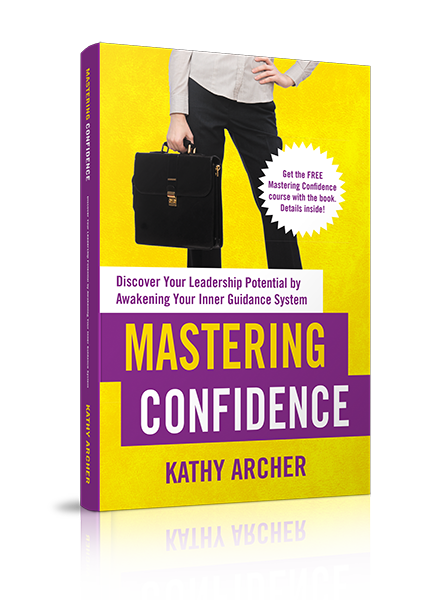
Available on Amazon
Archives
May 2024
|
|
Leadership TRAINING for Nonprofit Leaders
Become a confident and competent nonprofit Leader: Join The Training Library membership Executive and Leadership COACHING Leadership Coaching for Nonprofit Executives, Leaders and ManagerCoaching |
PODCAST for Nonprofit Leaders
The Surviving to Thriving podcast: Strategies, systems and support to lead your nonprofit with confidence FREE RESOURCES to Grow your Leadership Skills Free Leadership Training Resources, Worksheets and Templates |
Become a CONFIDENT LEADER
|


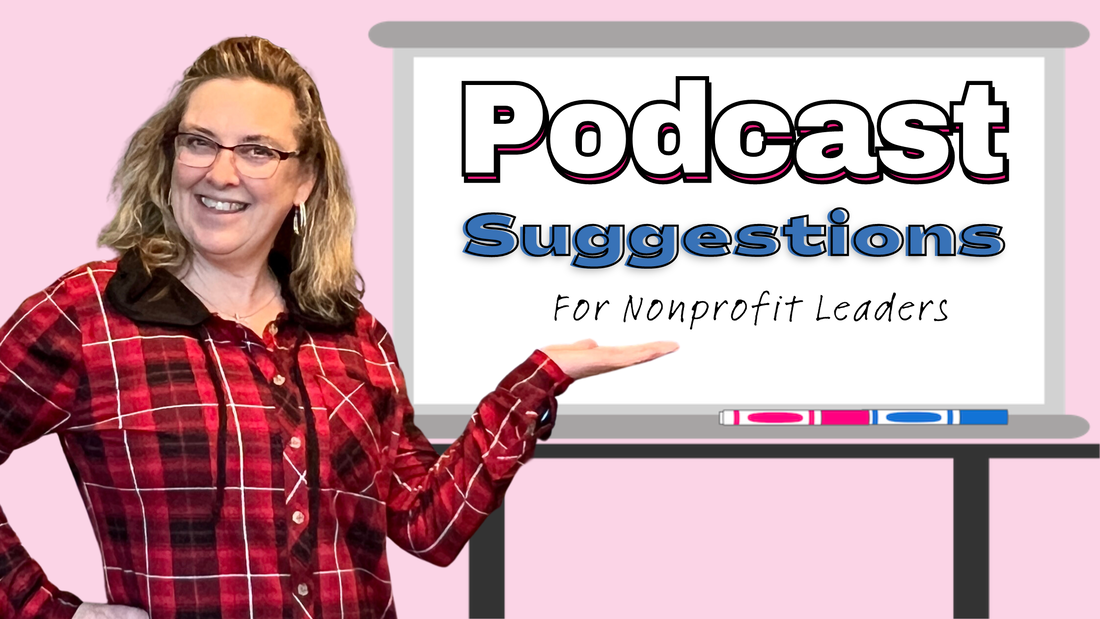
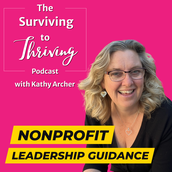
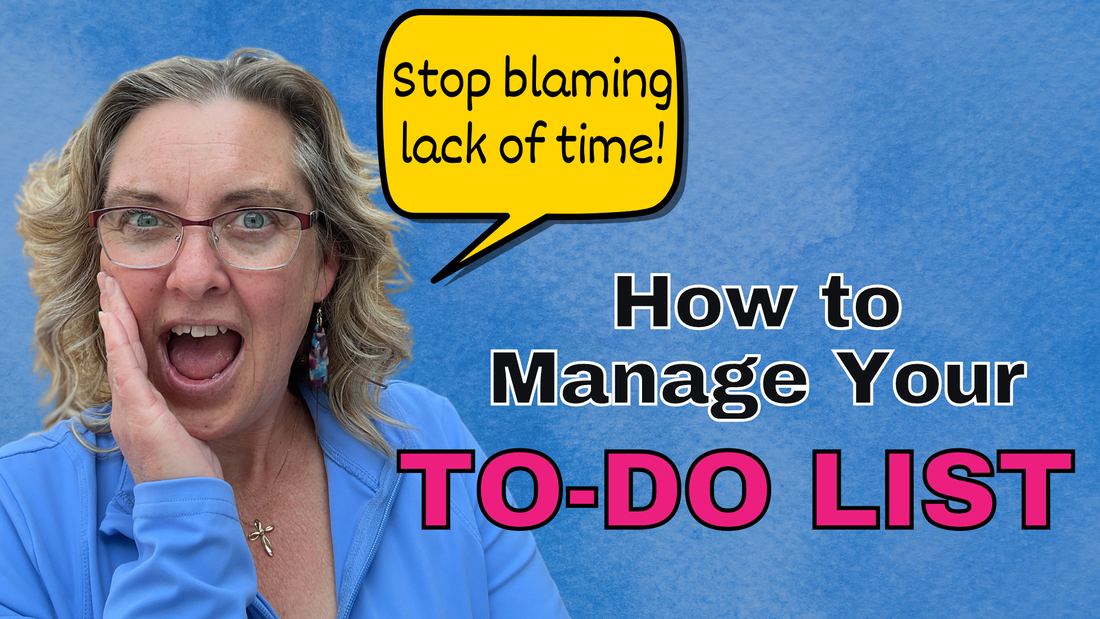
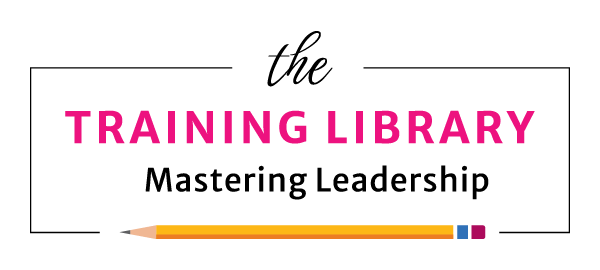
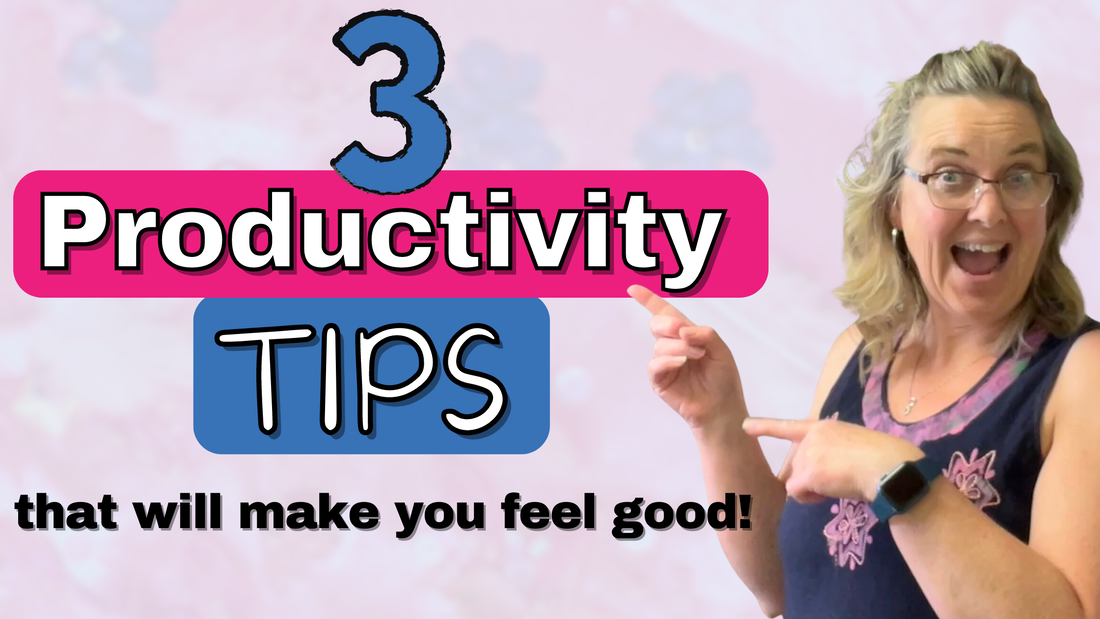
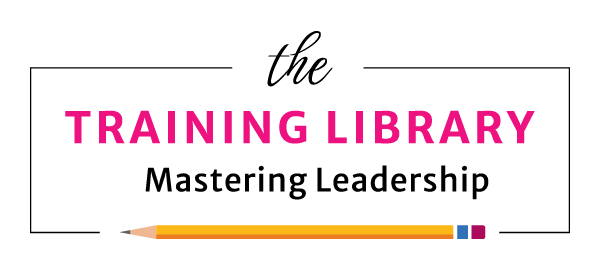
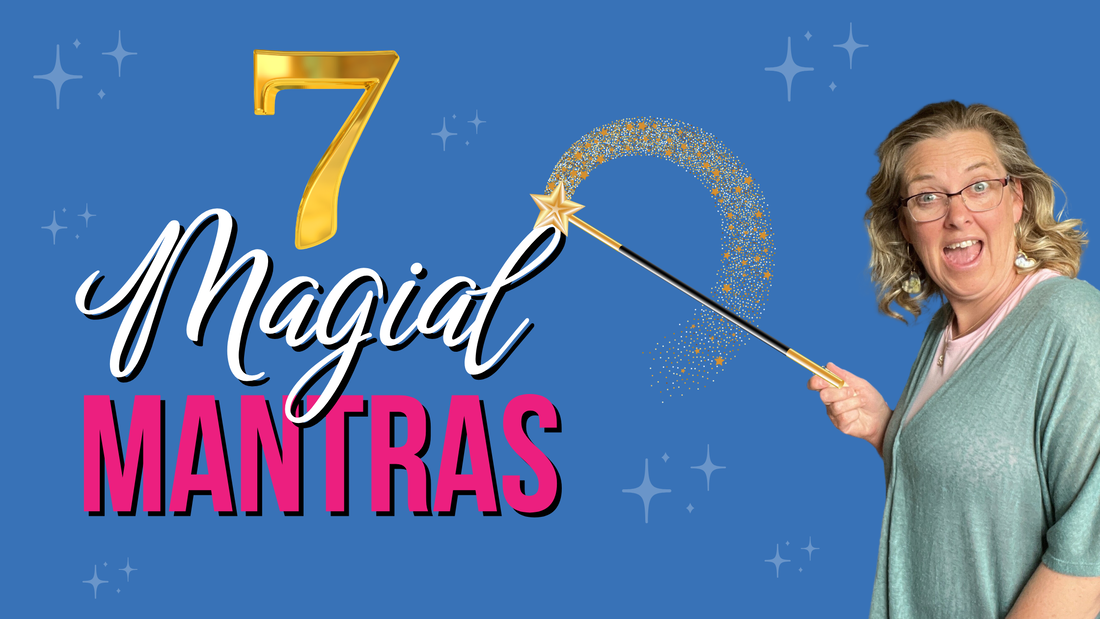


 RSS Feed
RSS Feed
